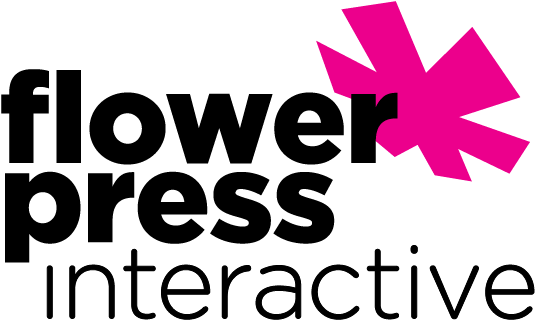
Why should you make your website accessible? According to the CDC, 26% of Americans (61 million) have a disability and over 20% of the population is over 55 years of age and may have similar access issues. Making your website easy to access, navigate, and read helps to reach these segments of the population. A 2021 Information Technology & Innovation Foundation study found that 92% of federal websites do not meet accessibility standards as outlined in the World Wide Web Consortium’s Web Content Accessibility Guidelines. With more business and leisure activities being conducted online than ever before, creating a website that is navigable by all people allows your product to reach more customers and sets you apart as a thought leader in your industry.
Another reason to ensure your website is accessible is to help keep your website visible. While accessibility enhancements do not directly affect SEO ratings, websites that offer better user experiences are more visible on search result pages. Additional improvements have an impact on both accessibility and SEO, such as title tags, alt text, and video transcription. Creating an optimal user experience for as many users as possible includes integrating many of these accessibility tools.
Finally, without accessibility features worked into your website, you face the growing threat of lawsuits. While the reach is still small, lawsuits are growing in number every year. The Web Content Accessibility Guidelines created by the World Wide Web Consortium act as a checklist for companies that are concerned about complying with current standards. Accessibe and other compliance tools are striving to make these requirements simple and easy to understand and achieve.
Companies are focusing on equity and inclusion and many are weaving their efforts to make a difference into their brand and public relations strategy. Website accessibility is a way to embrace these values. Maintaining website accessibility standards is becoming less expensive and time-consuming, thanks to tools like Accessibe which make compliance simple and affordable.



